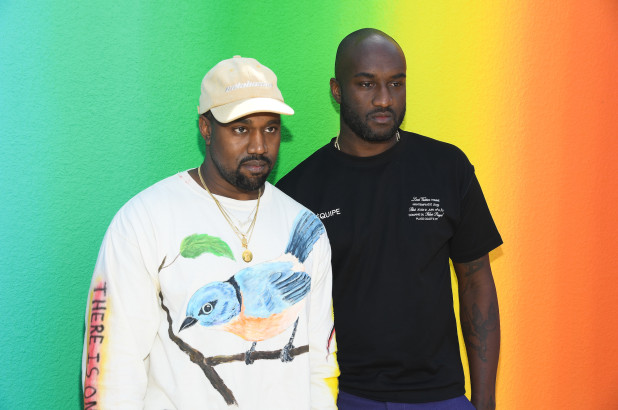The silhouettes of Balenciaga are unmistakable: XXL boxy shoulders, baggy jeans, the broken-in sneakers, oversized kitsch hoodies. A new form of sartorial architecture was birthed into the mainstream. And for that, we can thank Martine Rose.
In 2015, when Demna Gvasalia was appointed Creative Director of Balenciaga, Rose was tapped to consult on the very first Menswear line for the Parisian atelier. The silhouettes are still unmistakable: the hyper-exaggerated broad shoulders, the nipped wasp-waists, the outlandish proportions that look a little bit purposely, well, off. Demna has continued to use this well to the fashion house’s advantage, and it has become unmistakably the look of Balenciaga (and arguably an entire generation), even if it was first undeniably Ms. Martine Rose.
Martine Rose began her own label in 2007 with a 1500£ loan, in the midst of very polished era for menswear design. This was at the height of the ‘metrosexual’: gentlemen grooming, persistent primping, a lot of pressed pocked squares and pointed toe loafers. Rose railed against this, bringing a baggier, norm core street style influenced by rave subcultures and after parties with their disheveled attendants, which had not walked down a London runway with any social significance since Vivienne Westwood’s high fashion punk. When speaking on the tone of her first personal collection: “The boys look slightly sinister,” Rose explains. “I wanted an unsettling feeling, because that’s the undertone in everything happening globally. It feels like a real time of shift and it’s slightly terrifying.” She was right then, and she’s never been more right now.
Topsy-turvy, upside down and inside out: Rose is finally receiving well-deserved accolades, this week she was awarded the coveted Menswear Designer of the Year at the British Fashion Awards. And for someone so tongue-in-cheek and notably critical of recent politics in the UK and beyond, this award comes with even more significance. It’s an acknowledgment of a changing tide of designers and the celebrities wearing them, and why we are lining up to own garments and explore aesthetics that look like they are falling apart at the seams. That’s definitely a mood. And for those of us who have opened up social media or a newspaper this month, the onslaught of global unease and social anxieties is palpable- how could one cooly justify wearing a daily uniform of a three piece bespoke suit, if they could choose cords? Who is desiring to look like the Wall Street traders the younger generation is railing against? The Youth are rising, and they’re spending 1500EUR on mud-soaked sneakers, eager to make any remaining metrosexuals uncomfortable, and they’re very happy to piss you off about it.
With continuous critiques of the ephemerality of consumerism and the wasteful anti-identity of fast fashion, Martine Rose has made tangible an entirely new notion on how we wear our social sentiments on our sleeves- almost as a manifesto of a new rebellion- and what makes us feel powerful in a shiny world making us feel so avidly angsty. She looked to the punks. And Demna looked to Rose. And the rest is now sartorial history, strongly imbued with socio-political statements managing to land poignantly in the midst of the era of Cancel Culture. With her newly awarded accolade, the BFA’s have acknowledged the lasting power and importance that is rebellion, placing this generation of unease in the annals of history. And while it may not always look pretty, it’s real. Martine Rose’s win is not just hers- it’s a win for all of us.
*Header image: Jonathan Middleton




























